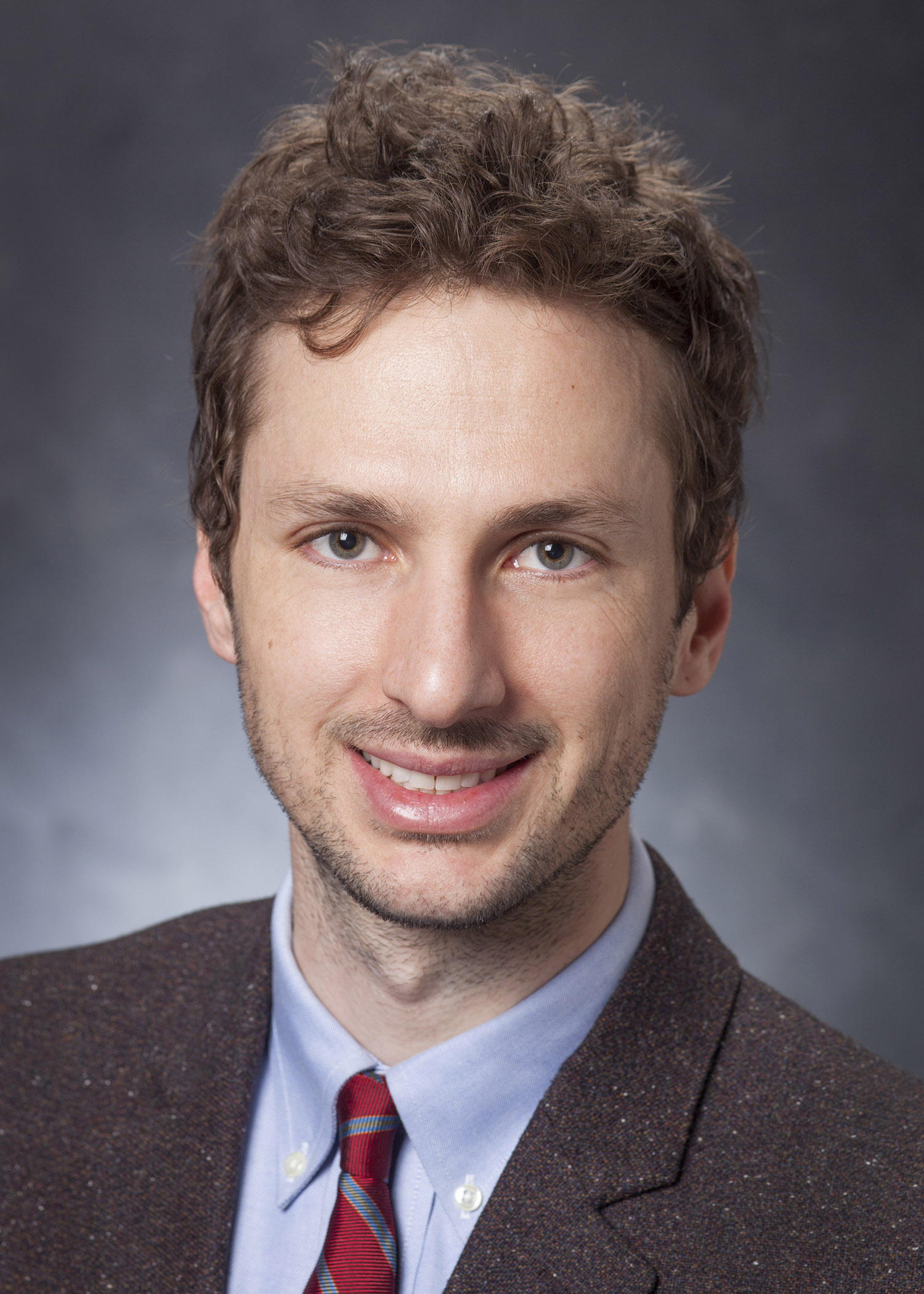Athens, Ga. – Ten years ago with only a handful of researchers, the University of Georgia’s Regenerative Bioscience Center made a commitment to advancing regenerative medicine in the Southeast. Today, they’re answering the challenge through studies that range from traumatic brain injury to bone regeneration to the development of the first-of-its-kind swine stroke model.
Under the direction of Steven Stice, a Georgia Research Alliance Eminent Scholar in the College of Agricultural and Environmental Sciences, the research center has grown to almost 30 faculty members, a diverse group that fosters opportunities for graduate and undergraduate students at UGA.
“As we close out our first decade at the RBC, we realize that we have made great strides in the field of regenerative medicine,” Stice said. “For instance, we have currently developed the first ever swine stroke model in the U.S.”
To test stem cell therapies in a swine stroke model, RBC faculty member Franklin West, an assistant professor in the college, has teamed up with David Hess, the head of the department of neurology at Georgia Regents University, in collaboration with other RBC faculty members Simon Platt, Shannon P. Holmes and Elizabeth Howerth.
According to West, their swine study is the first, outside of rodent and primates, to best imitate stroke recovery—similar to one that could occur in a human brain. The researchers demonstrated that induced pluripotent stem cell treatment leads to improved tissue recovery and limited brain damage.
“Because the pig brain resembles the human brain more in anatomy, growth and development, this discovery can serve as a preclinical model for human neuro injury,” West said.
This newly developed study, he explained, could one day enable stroke patients to have better mobility and improved vision, hearing and short-term memory, with hope in achieving a much higher quality of life.
In addition to swine stroke research, the RBC’s collaboration in the field of toxicology is finding new ways to detect environmental toxins and potentially prevent brain disorders, such as autism, Alzheimer’s disease, epilepsy and traumatic brain injury. Additional funding for the nonprofit collaboration is leading to the continued success of “fracture putty,” a fast bone-healing orthopedic process.
“This will help millions of Americans who have long bone fractures every year and help our military address the most costly and extensive medical problem facing our (soldiers),” Stice said.
The RBC currently houses 29 faculty members, 19 postdoctoral research assistants, more than 40 graduate students and approximately 75 undergraduate students. The center’s three newest faculty are Luke Mortensen, Jarrod Call and Woo Kyun Kim.
Mortensen, an assistant professor in the College of Agricultural and Environmental Sciences, moved to Athens in mid-October. He earned his postdoctoral fellowship at Harvard Medical School, where he developed a laser imaging technology that will allow the design of unique cell therapies for bone repair in disorders like osteogenesis imperfect, a genetic bone disorder that causes bones to break for no apparent cause.
Mortensen’s work about the use of nanoparticles to track transplanted cell viability in vivo recently was published in Nature Communications.
“There is a lot of potential in using vivo microscopy to not just watch stem cell behavior, but to selectively manipulate the cells and their environment,” Mortensen said.
Call, an assistant professor in the College of Education, has worked on campus less than four months. He is a skeletal muscle physiologist. His laboratory combines molecular and physiological techniques to investigate how disease affects skeletal muscle regeneration. Currently, the lab is working in collaboration with Robert Guldberg, director of the Parker H. Petit Institute for Bioengineering and Bioscience at Georgia Tech, to enhance delivery of bone marrow and adipose-derived stem cells to skeletal muscle.
“Ultimately, these technologies may be used to improve muscle recovery after injury in aging and diseased populations,” Call said.
Kim is an assistant professor of poultry science in the College of Agricultural and Environmental Sciences. He earned his postdoctoral fellowship at the University of California, Los Angeles. His research focus is identifying compounds that can stimulate bone formation and reduce fat deposition using mesenchymal stem cells.
“Our therapies with chicken (mesenchymal stem cells) could be a useful model in the potential to halt osteoporosis and promote bone growth,” Kim said.
For more information on the Regenerative Bioscience Center and its researchers, their specialties and current research projects, see www.rbc.uga.edu.


